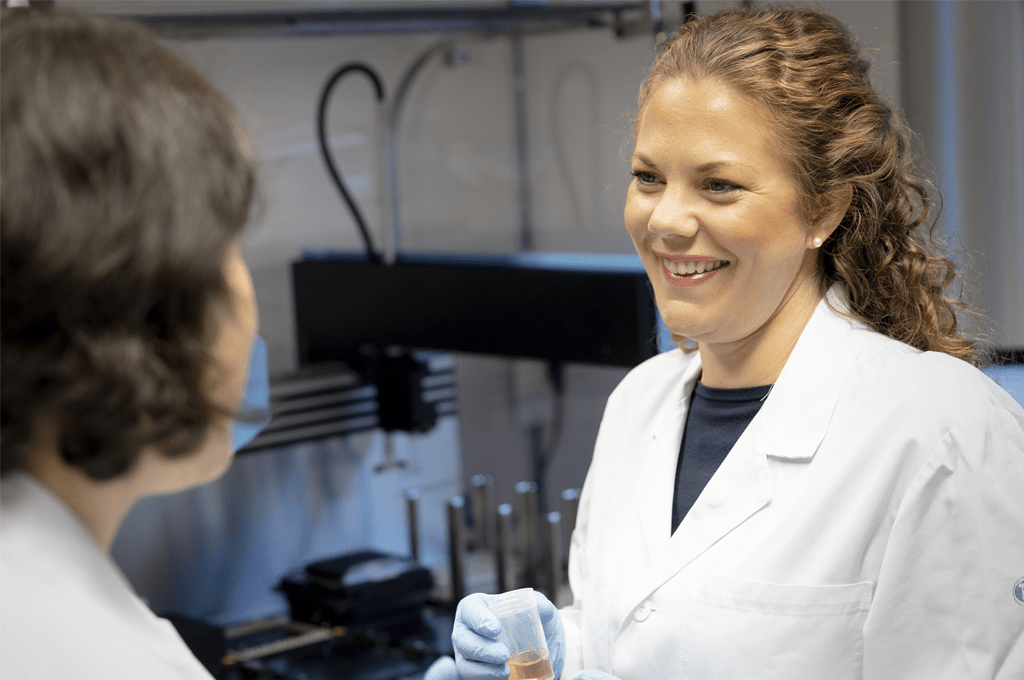Supposedly “lethal” mutation makes bacteria resistant to rifampicin
Facilitated by the former SciLifeLab unit Mass Spectrometry-based Proteomics in Uppsala, researchers from Uppsala University have discovered how antibiotic-resistant tuberculosis manages to survive even though it carries a mutation that should kill it.
Every year, tuberculosis (TB) is responsible for the deaths of 1.5 million people worldwide. It is normally treated with a combination of four different antibiotics but antibiotic-resistant TB becomes more common every year. Luckily, the revolution in DNA sequencing makes it possible to quickly sequence the bacterial DNA making it easier to determine which antibiotics to use in each case.
One of the most important TB antibiotics, rifampicin, targets a subunit (RpoB) of the Tuberculosis RNA polymerase, making it impossible for TB to reproduce. Unfortunately, many rifampicin-resistant (RifR) strains exist and it is important to identify these strains quickly so that patients can be given an alternative antibiotic therapy.
The majority of the resistant strains have amino acid substitutions in the RpoB gene which are easily identified. Frameshift mutations have also been reported in RpoB from clinical isolates, which should inactivate RpoB, and be lethal to the bacteria. Very surprisingly, this is not the case. Instead, the bacteria not only survive but also becomes resistant to rifampicin.
In a recent study, published in PNAS, researchers led by Diarmaid Hughes (Department of Medical Biochemistry and Microbiology/Uppsala University), investigated a similar RpoB frameshift mutation in E. coli, a bacterial species which is less dangerous and easier to work with. The goal was to find out how bacteria can survive a ‘lethal’ mutation in this essential gene. The results showed that the frameshift mutation created a rare, so-called ‘slippery’ codon sequence in the RpoB gene which was followed closely by a nonsense or stop codon – a sequence coding for translational termination.
Ribosomes translating the RpoB gene enter the wrong reading frame at the frameshift mutation which should then terminate at the stop codon, resulting in non-functional RpoB protein and a dead bacterium. Instead, in at least five percent of the cases, the ‘slippery’ codon sequence makes the ribosome move back into the correct reading frame, skipping the nonsense codon and completing synthesis of the protein but in a mutated form, containing three altered amino acids. The new ‘mutant’ protein is functional but because of the structural alteration it is resistant to rifampicin.
When the Hughes group analyzed genome sequence databases for several different bacterial species, not just TB and E. coli, they found that these types of supposedly lethal mutations (frameshift and nonsense mutations) in essential genes were relatively common. Their finding demonstrates that there is a need for more sophisticated methods to interpret DNA sequence data.
“If we are going to base a clinical diagnosis on reading a DNA sequence, something we rely on increasingly, then we need to be certain that we can correctly interpret the meaning of the sequence, and accurately translate genotype into a predicted phenotype” says Diarmaid Hughes.





